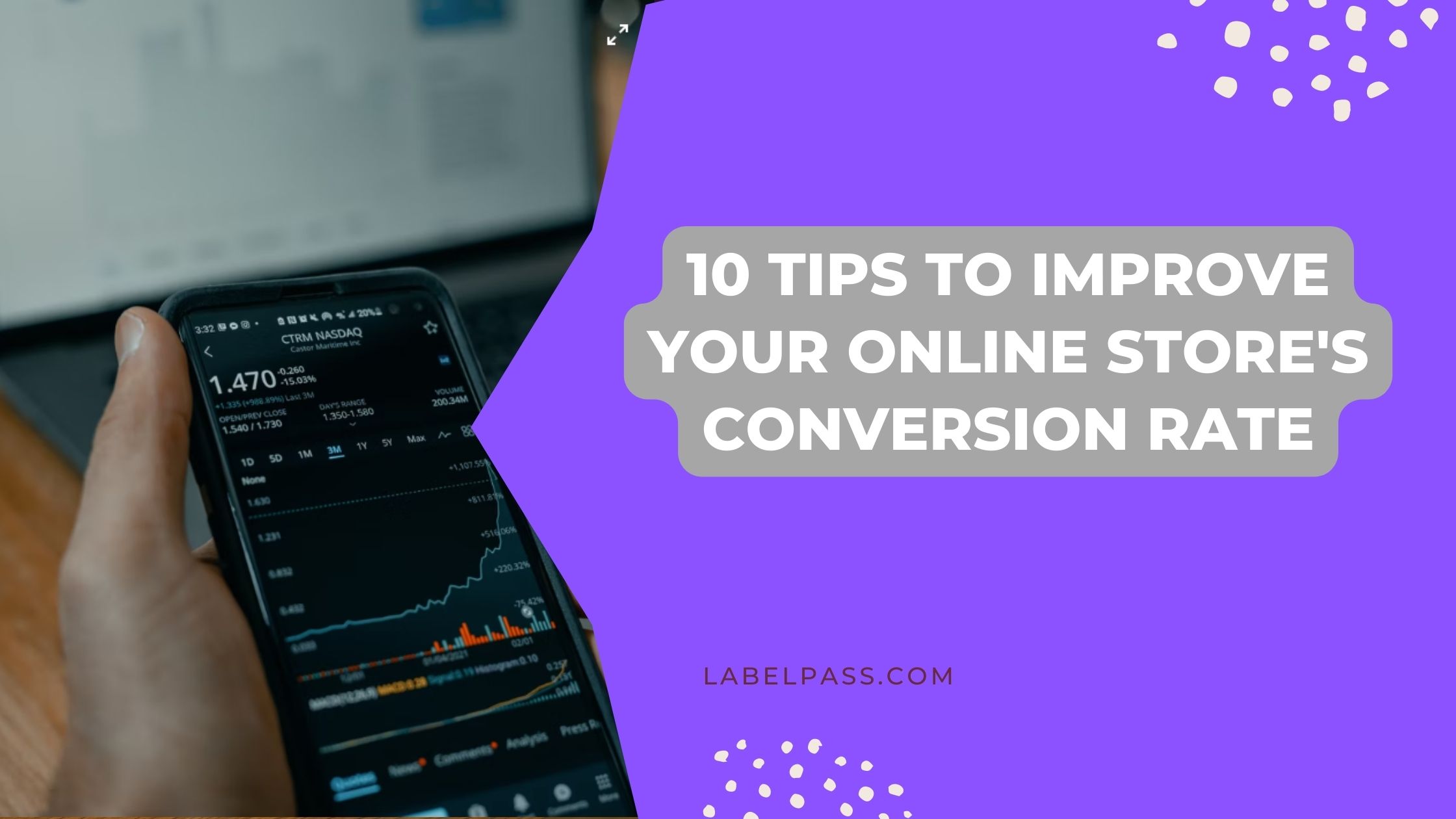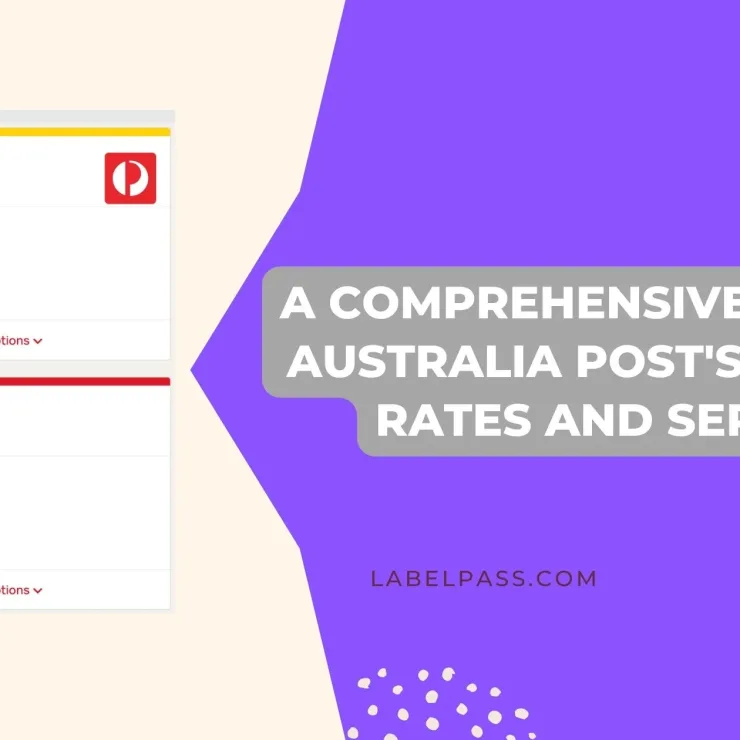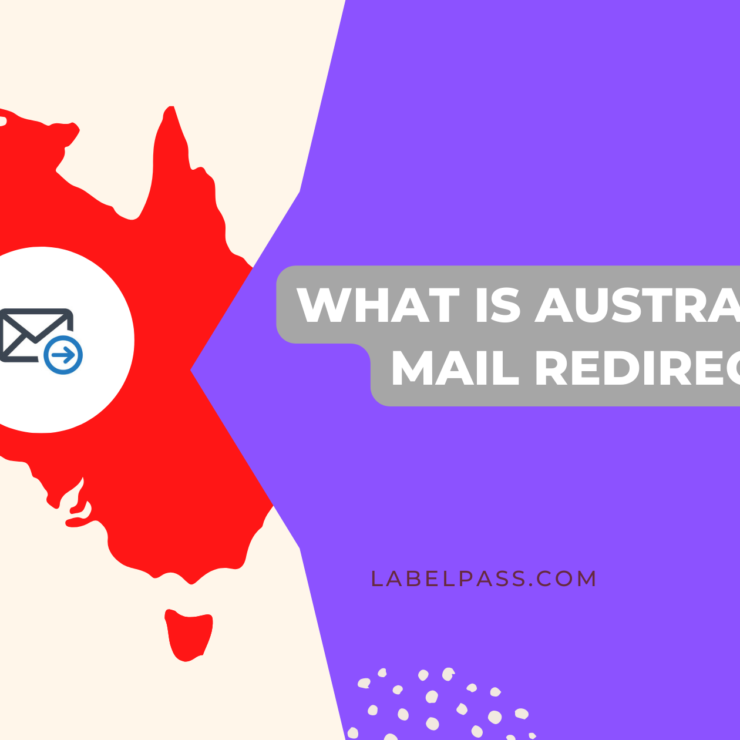The conversion rate is one of the main reasons for the continuity and success of online stores, regardless of the quality of their products. It does not matter if your online store gets a good number of visitors without sales. In fact, if that happens, the inevitable result will be the failure of the project. So how do you improve your store’s conversion rate?
What is the conversion rate? And what is its significance?
The conversion rate is known as CR, which is the result of dividing the number of visitors to your online store by the number of conversions multiplied by a hundred, and hereby conversion, what is meant here is the number of times visitors perform the particular action you ask of them, and this particular action is known as a CTA.
For example, if you own an online store selling men’s shoes, the specific action required of visitors in this example is to buy men’s shoes, so the number of conversions represents the number of shoes sold during a certain period.
If the number of visitors to your store is 10,000 per month, and the number of shoes sold during the same period is 400 shoes, that is, the number of conversions in this example is 400. Therefore, the arithmetic equation for the conversion rate is as follows: 10,000/ 400 * 100 = 2.5%, that is, the conversion rate is 2.5%.
Conversion rate helps e-store owners measure the efficiency of the sales process in relation to the number of visitors to the store. Thus, if this rate is low, it is an indication that there is a problem that needs to be addressed to improve the conversion rate, and this is known as CRO for short.
Low conversion rates aren’t necessarily due to the low quality of your store’s products. For example, it could be your store’s poor and complicated design, or the buyer abandoning their shopping cart, as a study found that about 69% of shopping carts are abandoned at the last minute before completing a purchase.
Here are some essential tips to improve your checkout process, reduce cart abandonment rates, and improve your online store conversion rate:
1. Adding several buttons to take the buyer to the checkout page
A visitor enters your online store and puts some of his chosen products in the shopping cart, you might expect that the next step of the visitor is to go to the checkout page on their own. However, this does not happen most of the time, if the checkout button is not visible to the visitor, he may leave the products in the cart without buying them, resulting in a lower conversion rate for your online store.
So, be sure to add multiple payment buttons on the product page. for example; Add a checkout button at the top of the checkout page, and another button at the bottom. Or you can run tests in more than one place while keeping the most converting places to the checkout page for later.
2. Allow the customer to purchase without creating an account in the store
In the world of e-commerce, online store owners need to collect information about the customer by creating an account containing his personal information. Of course, this is logical and understandable, but at the same time, if you force customers to create a profile to complete the purchase, it affects the conversion rate of the checkout page, and therefore the sales volume of your online store.
A study was conducted by the National Retail Federation, where they asked customers about the most important reasons that motivate them to complete the payment process, and the feature of allowing the customer to buy as a guest without creating an account came in second place, as about 48% of customers preferred it.
Therefore, always prioritize increasing sales and conversion rates at the expense of collecting customer information. However, you can incentivize the customer to create an account without forcing them. For example, follow the strategy of Walmart, the online retail giant, where the company offers incentives to its customers in the form of discount coupons if they create an account on the site.
3. Improving your mobile shopping experience will help you increase your conversion rate
The share of mobile shopping is expected to rise to approximately 73% by 2021 of the total share of e-commerce worldwide. The above statistic shows that if mobile users do not get a great mobile-friendly experience, conversion rate and sales may drop, and a significant segment of potential customers will be lost.
Even if the customer completes the purchase this time, they will not be excited to come back to your online store again next time and will look for an alternative that offers a suitable shopping experience. Therefore, constantly strive to improve the experience of smartphone users.
You can use the free Google tool to test your online store’s mobile compatibility. If the tool shows that there are issues related to your store’s compatibility with mobile, you would need to fix the compatibility issues.
4. Install an SSL certificate and embed security badges on your store pages
If a customer arrives at your online store for the first time and does not feel safe, they will leave your site immediately before they even complete the payment process. This means that the customer will not enter their credit card information to pay, which is what you need in order to improve your conversion rate and increase sales.
This problem can be solved by installing an SSL certificate on your site, this step makes the customer confident of the credit card information during the payment process. It’s also a good idea to add security badges on all pages of your online store, including the checkout page of course.
This step gives customers a double sense of security, especially when using the most credible security badges for users, and the most popular on the Internet. For example McAfee Corporation, Norton Corporation, Paypal Corporation and many others.
5. Add limited-time discount coupons
There is a phenomenon that many marketers and store owners resort to convincing customers to buy products immediately to avoid missing the opportunity and regret it later, known as FOMO. This phenomenon can be used to your advantage in increasing the conversion rate and purchases in your online store. For example, by adding limited-time discount coupons on some products.
It has become rare to find an online store that does not provide discount coupons to its visitors, at least on occasions or periodically in the different seasons of sale. This means that there is a large portion of online consumers who expect you to provide regular discounts and offers on your products. So don’t disappoint them, as the likely result could be that they leave your site and look for a competitor’s store.
In addition, some novice shopkeepers think that providing discounts to customers results in a decrease in their profits, and this is a completely wrong belief. A recent survey was conducted, and one of its results was that users of discount coupons spend on purchases with an increase of 24% compared to those who do not use discounts during purchases.
6. Reduce the payment process steps in your store
The checkout process should not be made long and complicated for the customer, as this can result in losing a large number of potential customers, and consequently lower conversion rate and sales. So, it is necessary to eliminate some unnecessary steps, simply ask yourself what basic information you want from the customer to complete the purchases.
The fewer steps to complete the checkout process on your store, the better the user experience on your store will be. According to a survey conducted on the 60 largest retailers, the average number of steps required to complete the payment process was an average of 5.1 steps.
Of course, the shortness or length of the payment process steps varies from store to store depending on the target market, user behaviour and other factors. Therefore, it is necessary to implement A/B tests on your store’s checkout page, to find the most suitable tactic that will achieve a high conversion rate for you.
7. Answer Frequently Asked Questions About Payment and Shipping
Buyer has some queries and frequently asked questions at the checkout stage, some buyers if they don’t find reasonable answers to these questions may leave the checkout page. Therefore, it is important to collect the expected FAQ at the bottom of the checkout page, so that it is visible to the customer so that he can find answers to the questions he is looking for before completing the payment process.
For example, add product return terms, acceptable payment methods, shipping tracking methods, and other questions. Having answers to these questions satisfies the desires of buyers, and motivates them to complete the payment process, which helps in obtaining a high conversion rate.
8. Adding live chat to provide instant responses to customers
The use of live chat has spread widely on websites over the past years. The advantage of live chat is that it provides instant responses to customers compared to other digital marketing methods, which is often required to avoid losing a segment of potential customers.
Some buyers leave if there is no direct technical support to answer their questions about the product immediately. So if your online store does not have a live chat, this means that you may lose a part of your potential customers, which will result in a lower conversion rate and sales on your site.
Moreover, there is a common mistake that some store owners make, as they already provide live chat service in their store, but do not staff to respond to customers. There are dozens of companies that provide instant chat services, some of which are free, and some of which are paid.
9. Use high-quality photos
Imagine yourself entering an online store to buy a product that you can’t touch or see before it’s shipped, so what’s the first thing you’ll think of to help you rate the product? Definitely look for a high-quality image in which you imagine what the product you intend to buy will look like.
To do this as fully as possible, try to provide photos to show the product from all angles. Make sure the image is produced in high quality and with clear details. Do not deceive the buyer with fake images that are far from reality, in order to avoid high product return rates.
In addition, try to get real people to photograph them either next to the product or while they are using it. For example, if there is a clothing store, have people wear these clothes, and then take pictures of them from different angles. This will convey the feeling of the actual experience to the buyer, and this greatly helps him to imagine the product when he wears it, and this means increasing the conversion rate and increasing sales.
10. Use attractive and expressive product descriptions
Online shoppers are interested in getting a detailed and brief description of the product, especially focusing on its benefits. Because the benefits of the product match the needs of the consumer, the buyer will complete the purchase by a large percentage. A study was conducted on the most important types of information that a shopper searches for online, and the results are as follows: 76% are looking for product descriptions, 71% are looking for product reviews, and about 66% are looking for product images.
Moreover, do not neglect the use of keywords within the description, this step is important in optimizing your store for search engines, to get traffic and potential customers from search engines.




